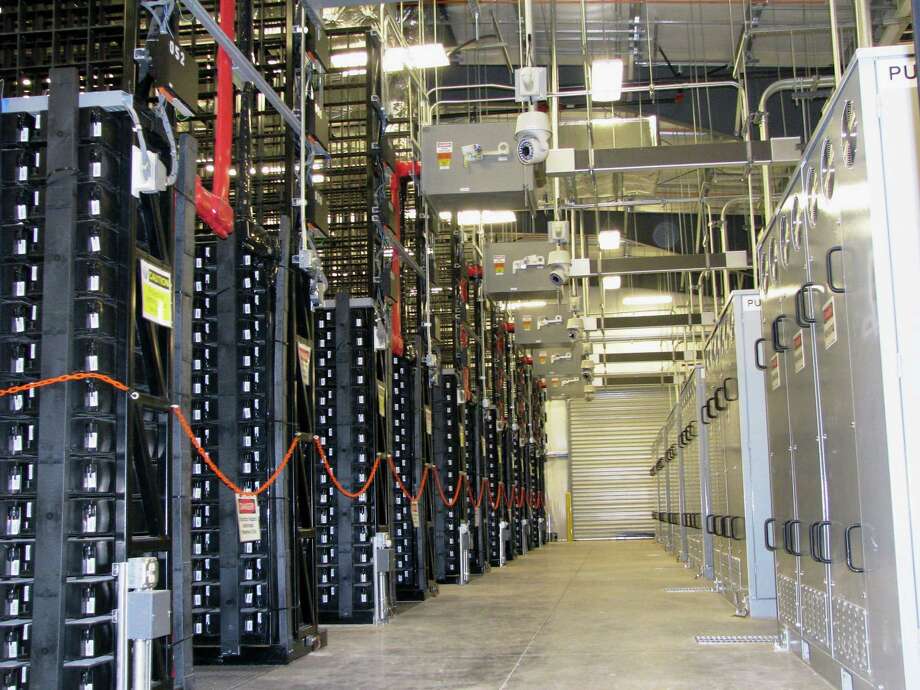- Thread starter
- #241
And, how much did Renewables produce last night, from 1:00 am to 2:00 am? As much as Watts Bar or less?Ms. Electra, you are so silly. kw is power. kw/hr is energy. 16.3 gw producing for even 1/4 of the time will produce more than 1.16 gw producing all the time. So the gw/hr of the solar and wind is greater than that of the Watts Bar 2 plant.
This is what Watt Bar produced, Estimated generation 17,975 GW·h
Now show us what renewables produced in the same period, last night.




 Like saying, "I jacked the car up leading to a 12 second ET."
Like saying, "I jacked the car up leading to a 12 second ET."





